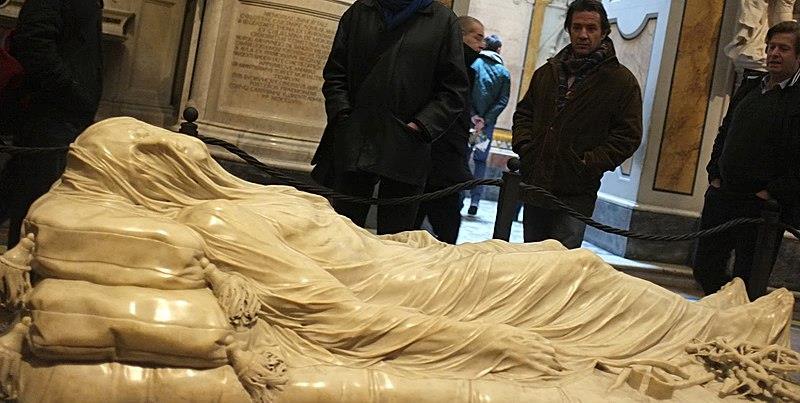(MENAFN- The Conversation) The swift removal of seven billboards at the beginning of April is a chance to consider how people interpret images and art.
Artist of people that were displayed as part of began as a collection of found images the artist gleaned from various sources, .
The images are banal snapshots of the kind that clutter our phones and that, in the ancient days of film photography, were tucked into a shoebox. We can imagine the circumstances in which they may have been taken — perhaps a friend or lover casually snapping a photograph of the oblivious sleeper to share later for a laugh. In one photograph, disembodied hands poke a finger into a sleeper's ear. A date stamp reveals the image's analogue origins, and hints at its .

''Untitled,'' by Steven Shearer. (Dennis Ha) Blown up and displayed on billboards on March 30, these photographs elicited such from the public that they remained on display only for before with .
Context is everything
Context is everything when it comes to understanding images. In their original milieu as informal snapshots, the photographs would have been barely worthy of note. Transposed to billboards where the sleepers we expect are likely to be touting the restorative benefits of mattresses, these commonplace images evoke deeper and more ambivalent responses.
Unlike traditional portraiture, these figures are anonymous – their identities unknown to artist and to viewer. The viewer might imagine them as being universal figures who symbolize the everyman but, in our digital age, they also speak to the ethics of sharing private images in the public domain. It is possible that a viewer walking past a billboard might recognize themselves or someone they know, plucked from the obscurity of a lost snapshot and catapulted into the public eye.
The change in scale and the forces these images into our imagination in a new and different way.
Scale matters. The photograph we can hold in our hand, either as a digital file in our phones tends to be, by its nature, unthreatening.
We can control seeing internet images by swiping past them or deleting. We can also indulge by staring at these images privately, taking the time to decode them or fantasize about their meanings. We can rifle past snapshots that disturb us. In an act of ultimate rejection, they can be crumpled into in unrecognizable ball, torn to shreds or even incinerated.
When Shearer's images were exponentially enlarged to a billboard scale, the images invaded the familiar streetscape in a way that some viewers found deeply disturbing. Commentator Gordon Harris, an urban planner who decried the billboards'' removal, wondered if some people's outrage was connected with the fact that '' ?''
Sleeping, intimacy
What did the festival or artist intend? Shearer's works do not appear to have been meant as provocations. Prior to the project launch, Emmy Lee Wall, the Capture festival's executive director, received about showing Shearer's work. The curatorial statement associated with Shearer's series notes:
's (1652), in which the sculptor depicts the saint gazing upward in rapture as an angel prepares to thrust a golden spear into her body, bears an uncanny resemblance to Shearer's billboard where dark fabric draped over the figure's head stands in for the nun's .

''Untitled,'' by Steven Shearer on billboard set beside detail of Gian Lorenzo Bernini's 1652 ''Ecstasy of Saint Teresa'' at the Cornaro Chapel, Santa Maria della Vittoria, Rome. (Dennis Ha/Shutterstock) Like Bernini's saint, the figure in Shearer's photos has their head tilted back, eyes closed and the mouth slightly agape. The posture of Shearer's figure, though virtually identical to the saint's, is simultaneously rendered mundane by the rough grey fabric of what appears to be a sofa cushion in the background. Seen next to the statue, the subject of , viewers may be led to wonder about the complex interaction of created objects and viewer expectations.
Vulnerability in context
Another sculpture that may come to mind upon looking at Shearer's billboard image of a man sprawled on the grass is Giuseppe Sanmartino's (1753).

''Untitled,'' by Steven Shearer. (Dennis Ha) is everything in interpreting images. For example, a viewer who encounters Sanmartino's Veiled Christ, in Naples'' baroque will find their reading of the sculpture is shaped both the Christian religious context established by the chapel museum, and by the sculpture's central position in the building.

''The Veiled Christ'' by Giuseppe Sanmartino, Sensevero Chapel Museum, Naples, Italy. (David Sivyer/Wikimedia Commons), Among the factors that regulate what the viewer sees are and — the way the artist's choice of material shapes the meaning of the work they produce.
The Veiled Christ, so skillfully carved that it was rumoured to have , depicts Christ after death covered by a translucent veil, , including even wounds on his hands and feet.
As with a painting, the sense of marvel at the maker's expertise for some may supersede the subject matter. The translucent beauty of white marble and the baroque surroundings of the chapel further situate the artwork as a wondrous object. The polished, luminescent marble suggests the divinity of the figure.
''Throw-away image''
By comparison, the low materiality and association of the snapshot as a throw-away image frames Shearer's sleepers as , flawed and vulnerable in their unconscious state. Their gestures can equally be read as ungainly.
In a gallery, the sleeping and reclining figures would be less disturbing. When we enter into the rarified space of the white cube, we are primed to see art. While much of it may be beautiful, we know some of it may challenge us. We are prepared to view images critically.
In comparison, situating the images on billboards heightens the viewer's unease. Normally, images there are easily decoded commercial messages. On the rare occasion that a billboard depicts disconcerting pictures, for example, diseased lungs in an anti-smoking campaign, words provide context.
Seeing an ambiguous image on a billboard triggers the imagination to . Viewers must reach their own conclusions about the significance. For some viewers this is a pleasant surprise, for others it is mildly perplexing and for a few it can be deeply disturbing.
During the pandemic, and to process psychologically complex visuals like the figures in Shearer's series.
The visuals of Shearer's found images of bodies are, in part, disturbing because we are uncertain what we''re seeing. For those who are patient enough to spend time with them and to engage with their ambiguity, new worlds open and, as a result, one's own world becomes richer.
MENAFN13052021000199003603ID1102078607
Legal Disclaimer:
MENAFN provides the information “as is” without warranty of any kind. We do not accept any responsibility or liability for the accuracy, content, images, videos, licenses, completeness, legality, or reliability of the information contained in this article. If you have any complaints or copyright issues related to this article, kindly contact the provider above.